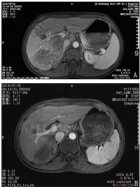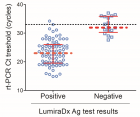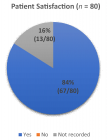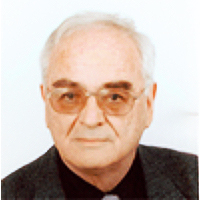Table of Contents
It is not invisible! A case report of 2 patients with scalp Lichen Planopilaris mimicking Androgenic Alopecia
Published on: 8th December, 2017
OCLC Number/Unique Identifier: 7317595145
Lichen Planopilaris is known as the form of Lichen Planus typical of the scalp. It is classified as a lymphatic disease and is characterized by chronic inflammation which leads to cicatricial alopecia. Its causes are not yet well characterized but its etiology seems to strongly correlates with infection, sensitization and pollution. A clear and objective diagnosis of Lichen Planopilaris is not simple but the evolution and strongly negative outcomes on scalp of people affected by, pose the need of an early diagnosis.
In this work we report the case of a 27-year-old male and a 54-year-old female, respectively, in which a correct diagnosis of Lichen Planopilaris, followed the incorrect previous ones, was made by means of dermatoscopy and histopathological analysis, decisive tools for the diagnosis of this kind of pathology.
Lifestyle Diseases and the Hair Growth Cycle: A multidisciplinary approach using Nourkrin® with Marilex®, a proteoglycan replacement therapy, for anagen induction and maintenance
Published on: 8th December, 2017
OCLC Number/Unique Identifier: 7317598559
Multiple studies have investigated the relationship between androgenetic alopecia and cardiovascular disease, including studies that have identified elevated rates of cardiovascular disease in patients with vertex hair loss, vertex and frontal hair loss, early onset hair loss and rapidly progressive hair loss. In addition, increased risks for hypertension, excess weight, abnormal lipids, insulin resistance, carotid atheromatosis and death from diabetes or heart disease have been reported in this population. Studies investigating an association between androgenetic alopecia and metabolic syndrome have yielded conflicting findings. Distinct guidelines for the detection and prevention of cardiovascular disease in individuals with androgenetic alopecia have not been established. In addition to the traditional risk factors for developing cardiovascular disease, included in the definition of the metabolic syndrome, several skin diseases have recently been shown to be markers of conditions relating to the patient’s overall health. Physicians should be aware of the possible connection between relatively frequent skin diseases, such as psoriasis and hair growth disruptions, including androgenetic alopecia and female pattern hair loss and cardiovascular disease. This review is concentrated on the association between insulin resistance, type 2 diabetes, abdominal fat, cardiovascular disease and hair growth disruptions as an early indicator of these underlying conditions. We have investigated the importance of robust primary clinical treatment measures to address the manifestation of hair loss due to a disruption caused by metabolic syndrome as an effective means to alleviate further stress induced hair loss, which can exacerbate the underlying cause.
Clinical significance of Vibration Anesthesia on reducing pain of Ring-Block (Subcutaneous Injections) in the patients undergoing Hair Restoration Surgery
Published on: 18th October, 2017
OCLC Number/Unique Identifier: 7317634401
Pain is a complex phenomenon which is unpleasant. Different cosmetic procedures are associated with varying degrees of pain. Various modalities are adopted to decrease the severity of pain. The commonly used is the administration of analgesics (opioid or non-steroidal). The pain is carried to the brain by pain fibres. There are various theories about the pain [1,2]. Many attempts have been undertaken to find the modalities which decrease the perception of pain by the brain. The famous ‘gate theory’ was proposed in 1965 by Melzack et al. [3]. It was proposed that the pain experience can be reduced by the activation of nerve fibres that conduct non-toxic stimuli. The theory suggested that the stimulation of larger diameter fibres (A-beta) can close a neural ‘gate’ to nocioceptive signals and can reduce the perception of the pain. The ‘gate’ is proposed to lie within the spinal cord/brainstem and inhibits the transmission of nocioceptive action potentials to higher centres in the central nervous system [4]. The “post-synaptic inhibitory and fascilitatory mechanism” provide a basis for explaining the pain reducing strategies such as rubbing the painful area or applying cold or vibration to decrease the perception of the pain. Various topical irritants used in a few ‘magic’ creams also work on the same principle.
Every effort is made to decrease the perception of pain in cosmetic surgery procedures especially hair restoration. A surgeon who can perform a hair restoration without pain has an edge over his competitors. The potential patients undergoing hair restoration are very anxious about the pain level to be perceived during the procedure. Vibration anaesthesia is becoming increasing used in hair restoration to decrease pain perception. Various recent studies have demonstrated the effective use if vibrations to decrease the pain of local anaesthesia injections [5,7]. The pain of the injection has basically two components; the first is the actual needle prick and second is the discomfort felt due to the tissue stretch by the local anaesthetic drugs [8].
The following study was conducted to compare the pain level of ring block in the patients undergoing hair restoration with and without the use of vibration

If you are already a member of our network and need to keep track of any developments regarding a question you have already submitted, click "take me to my Query."



















































































































































